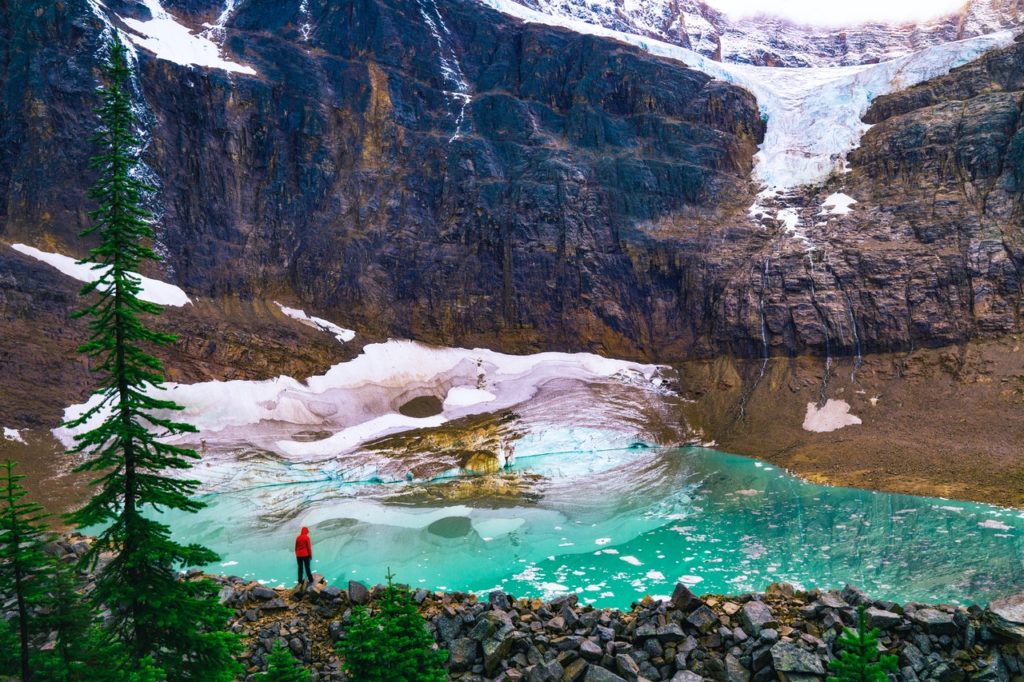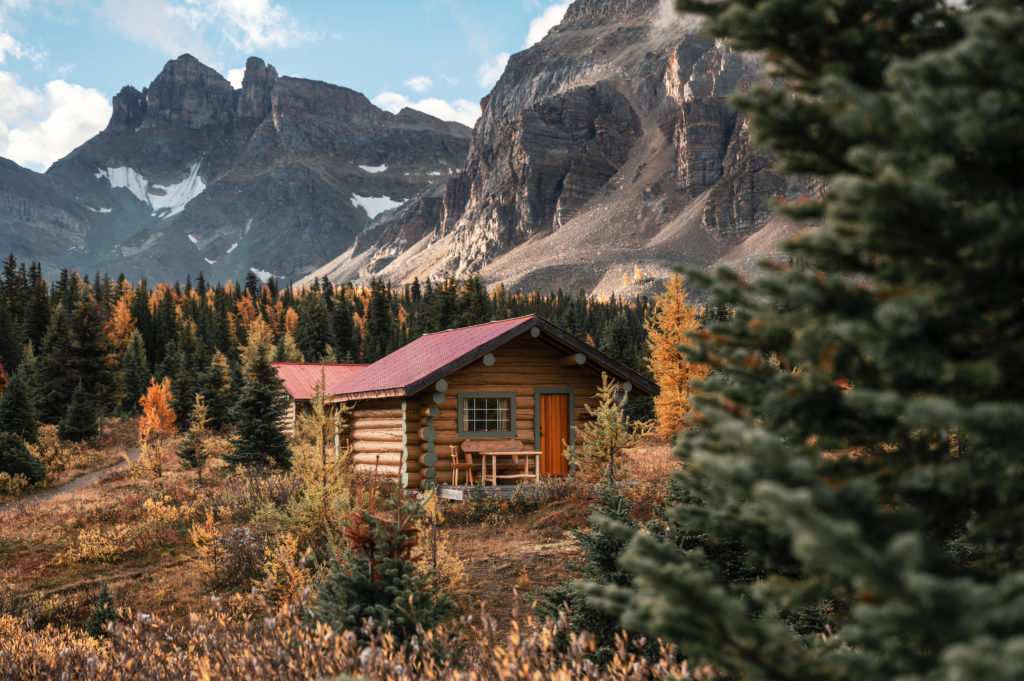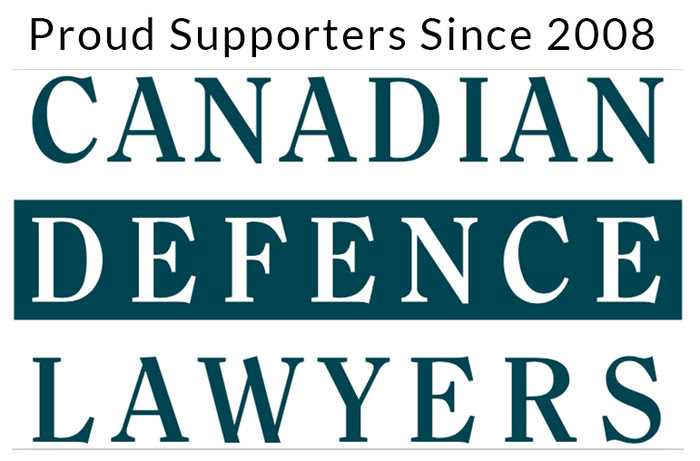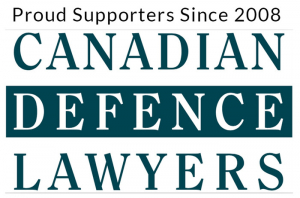With drones becoming almost ubiquitous over the last few years, it is easy to forget that there are stringent rules and regulations surrounding their operation.
On June 1, 2019, new rules, regulations, fines and penalties will come into effect, affecting everyone who flies recreationally or commercially in Canada.
Registration and Certification/Training Requirements
Most recreational drone pilots will likely be considered “basic operators” – flying in uncontrolled airspace, flying more than 30 metres horizontally from bystanders, and never flying over bystanders.
If so, pilots must:
- register their drones with Transport Canada before flying,
- mark their drones with their registration numbers,
- pass the online small basic examination and receive their Pilot Certificate, and
- be prepared to show their Pilot Certificate and proof of registration when flying.
Pilots intending to fly in controlled airspace, over bystanders or within 30 metres horizontally of bystanders are considered “advanced operators.”
Such pilots must:
- register their drones with Transport Canada,
- mark their drones with their registration numbers,
- pass the small advanced examination,
- pass a flight review with a flight instructor,
- be prepared to show their Pilot Certificate and proof of registration when flying, and
- fly within the operational limits of their drones.
Micro drones (under 250g) do not fall within the basic or advanced operations categories. Pilots of such drones must fly them away from aircraft and airports, and never put people, aircraft or property in danger. Further, pilots must keep their micro drones in eyesight at all times, and avoid flying in clouds or fog.
Pilots with drones over 25kg, or those who want to fly outside the rules, must get a Special Flight Operations Certificate from Transport Canada before they fly.
Transport Canada recommends pilots purchase public liability insurance for their drone, but this is not required. Note that most standard home insurance policies do not cover the use of drones.
Operational Requirements – Where Can and Can’t a Drone Be Flown?
Drone pilots must follow the rules of the Canadian Aviation Regulation, specifically Part IX – Remotely Piloted Aircraft Systems. Practically speaking, that means the following:
While flying, drone pilots must fly their drones:
- where they can see them at all times,
- below 122 metres in the air,
- away from bystanders (a minimum distance of 30 metres for basic operations),
- away from emergency operations and advertised events (such as forest fires, concerts and parades),
- at least 5.6 kilometres from airports,
- at least 1.9 kilometres from heliports,
- far away from other aircraft, and
- in a way that respects the privacy of others while flying.
Other operational requirements include:
- Drinking alcohol within 12 hours of being on a drone flight crew is prohibited, as is being “under the influence of alcohol” or “any drug that impairs the person’s faculties to the extent that aviation safety or the safety of any person is endangered or likely to be endangered.”
- No one will be allowed to fly a drone when the weather conditions prevent seeing it at all times, or when frost, ice or snow are stuck to it. Anyone wanting to fly a drone at night will need special lights.
- Registered owners of drones must be at least 14 years old and a citizen or permanent resident of Canada. Corporations and federal, municipal or provincial governments can also own drones.
Recreational drone flying is completely prohibited in all National Parks.
Commercial drone in National Parks requires a Restricted Activity Permit, which is only issued for the following purposes:
- natural or cultural resource management and protection,
- public safety,
- law enforcement, or
- park/site management purposes.
Drone flying is similarly restricted in BC’s Provincial Parks.
Drone pilots flying recreationally must obtain permission from BC Parks to take-off and/or land in any park or protected area. Requests to use drones for commercial purposes are evaluated under BC Parks’ Park Use Permit application process.
Where Can You Fly?
The National Research Council of Canada has published an interactive UAV Site Selection Tool map that contains some information on areas where drone flying is prohibited. Note that this map is far from comprehensive (for example, it does not show the Provincial/Federal Park prohibited flying areas, and it does not show a large number of heliports and their associated restricted airspaces), but it is a good first starting place from which to conduct further research.
Consequences
If they do not follow the rules, drone pilots face the following fines:
- up to $1,000 for flying without a drone pilot certificate,
- up to $1,000 for flying unregistered or unmarked drones,
- up to $1,000 for flying where not allowed, and
- up to $3,000 for putting aircraft and people at risk.
Anyone caught operating a drone within National Park boundaries without an approved permit faces possible law enforcement action and a fine of up to $25,000.
Key Takeaways
Legally flying a drone in Canada is about to come with even more red tape. The theme of the new regulations is to ensure that drones are not flown in a way that endangers aviation or anyone’s personal safety.
Given the significant potential penalties for improper use, drone operators should read up on the new changes, educate themselves and follow the law when it comes to registration, training/certification and operational requirements.
Note: This article is of a general nature only and is not exhaustive of all possible legal rights or remedies. In addition, laws may change over time and should be interpreted only in the context of particular circumstances such that these materials are not intended to be relied upon or taken as legal advice or opinion. Readers should consult a legal professional for specific advice in any particular situation.







